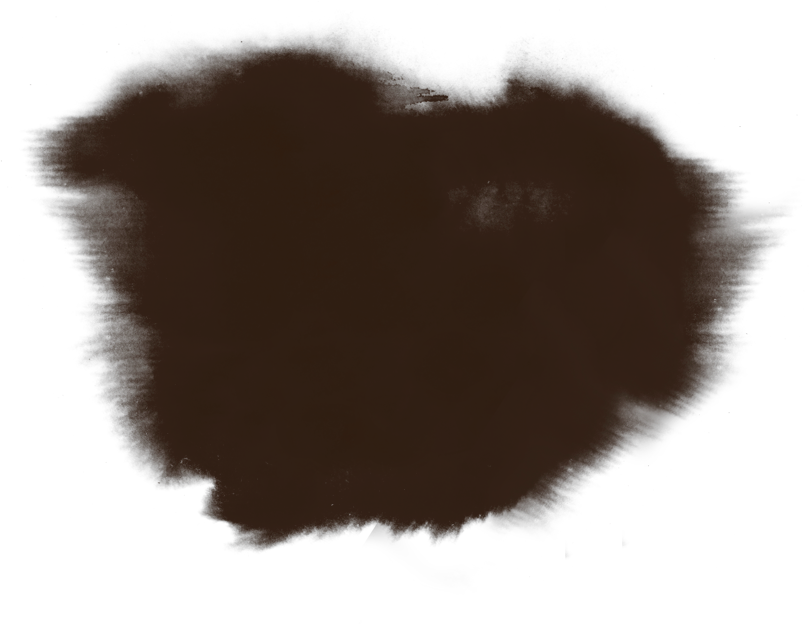3. Interactive 3D Map Activity
Lesson Plan includes:
Scaffolded Instructions
Assessments
Handouts
Extension Activities
Glossary
State Standards Alignment
In this fun learning activity, students discover both the physical and cultural geography of Eurasia and the Silk Roads by way of five key market cities through which Marco Polo traveled.
The cities: Venice, Polo’s hometown, then Tabriz in Persia, Samarkand in Central Asia, Kashgar, on the edge of a great desert, and Dadu/Beijing, from where Kublai Khan ruled the greatest empire in human history.
Students will customize their own 3-D Silk Road maps (no VR headset required.)
The 5 categories from which to choose artifacts are Culture, Trade Goods, Animals, Medieval Tech, and the Arts. All items are native to the regions represented by the various cities. Students will place their chosen artifacts in their proper locales after reading clues and interesting facts about each and listening to accompanying sounds and music.
Small and whole class discussions are recommended at the end.
A final written reflection piece will provide students with writing practice.
This individualized learning pathway ignites a passion for learning as it facilitates in-depth discovery about the fabled trade route and its regional geography.

Class time required: 1 class period + homework
Objectives:
• Students will be able to visualize the larger regions of the Silk Road and place the fabled cities within the world’s geography.
• Students will gain understanding and knowledge about the regions and resources from short readings (in the form of clues) that will help them choose artifacts and create their maps.
• Students will analyze and rationalize their choices through small group discussions and share-outs, promoting critical thinking and the skill of backing up personal choices with evidence.
• Students will have individual choice as they decide which artifacts in each category are meaningful to them and to history, and which questions they want to answer in their final written reflection piece.
• Students will practice and improve their independent writing with a final reflection assignment.
The various details Marco Polo noted included descriptions of cities, architecture, languages, customs and religions as well as trading practices, technology, animals and geography. Such a diverse account has earned him the title of “the father of modern anthropology.”





